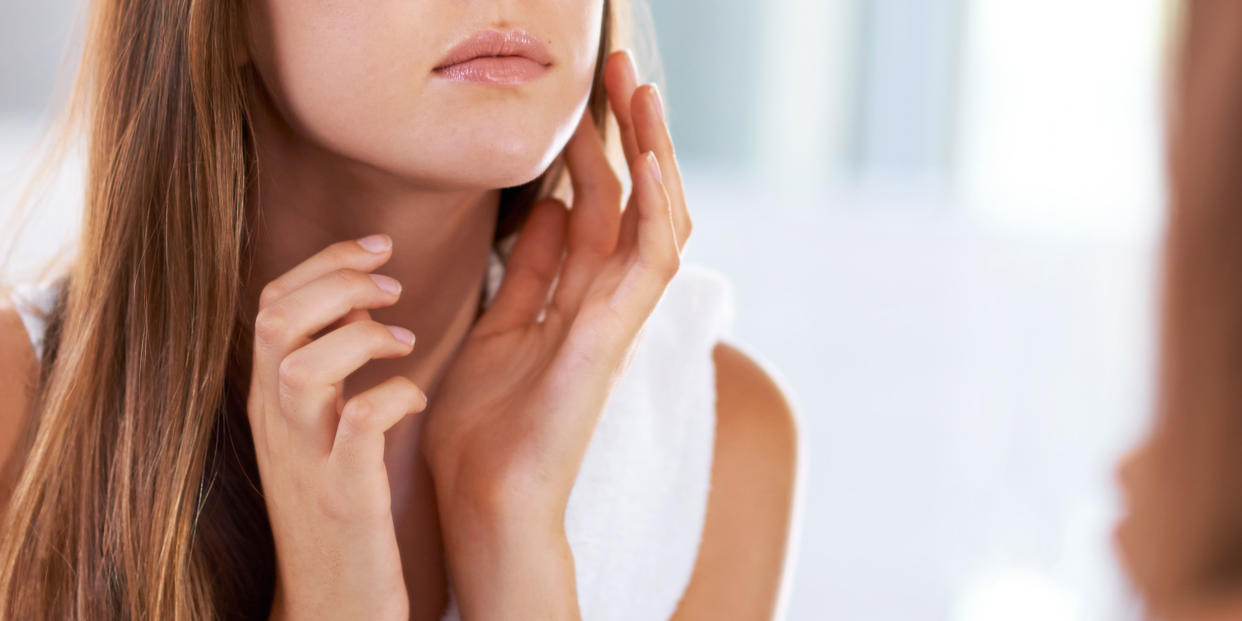How to tell if your moles are cancerous

Shockingly, about seven people die from skin cancer every day in the UK. But while rates are rising, most skin cancers can be recognised with the naked eye and – if detected early – the chance of cure is very high.
Detection starts with self-examination, something everyone should be doing regularly regardless of their number of moles or sun-exposure history.
The easiest way to do it is with the alphabet test. Try the 'ABCDE' method to identify signs that may indicate a melanoma:
Asymmetry: Has the shape of your mole changed? Or do the two halves differ in shape?
Border: Have the edges of your mole become irregular or blurry? Do they look 'ragged'?
Colour and Change: Are there multiple colours in your moles, or is the colour uneven? Have you noticed a change in colour? Has there been itchiness or bleeding?
Diameter: Has your mole changed size? Has it become more raised? Is it more than 5mm in diameter?
Expert: If any of these questions cause concern, check it out.
Dr Hiva Fassihi, consultant dermatologist for La Roche-Posay, recommends a top-to-toe examination once a month to monitor change. Her top tip is to use your phone to take a decent picture of your mole with a ruler positioned alongside it, so you can detect potential growth – and share the findings with your GP or dermatologist.
She offers a mole and skin cancer check-up at the Eudelo Clinic in London, diagnosing skin lesions via the dermoscopy method, a simple but thorough non-invasive examination.
Dr Fassihi's message is also of prevention; educating on sun safety and how to properly apply sunscreen – something most of us are doing wrong.
Look for broad spectrum protection (with both SPF which is your UVB protection factor and a UVA circle logo). Like many dermatologists, Dr Fassihi recommends the La Roche-Posay Anthelios line for both adults and children. She says to apply sun cream liberally 15 minutes before going outside, then regularly throughout the day and immediately after swimming or towel drying.
Your GP should also be able to advise on sun safety and, of course, any unusual changes to your skin. If they suspect cancer, you'll be referred to a specialist for diagnosis and treatment. However, if you'd rather go private (and avoid the inevitable wait) Dr Fassihi's advice is to look for a dermatologist who has a specialism or noted interest in skin cancers, and both a private and NHS practice as they'll be aware of all the latest research.
You Might Also Like


